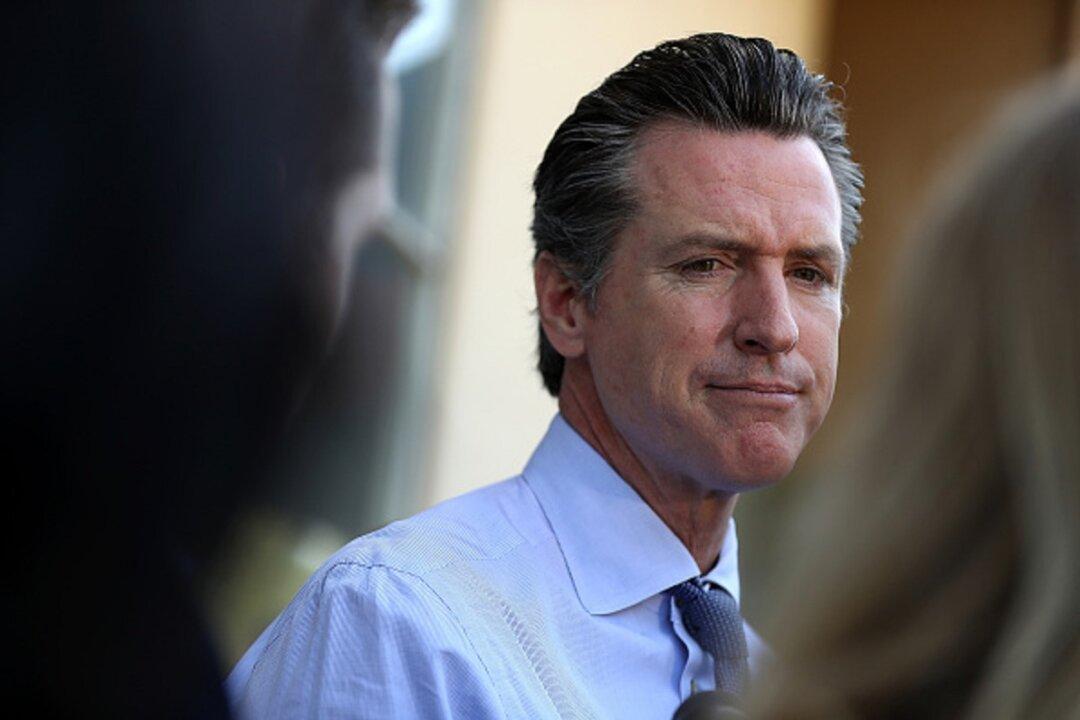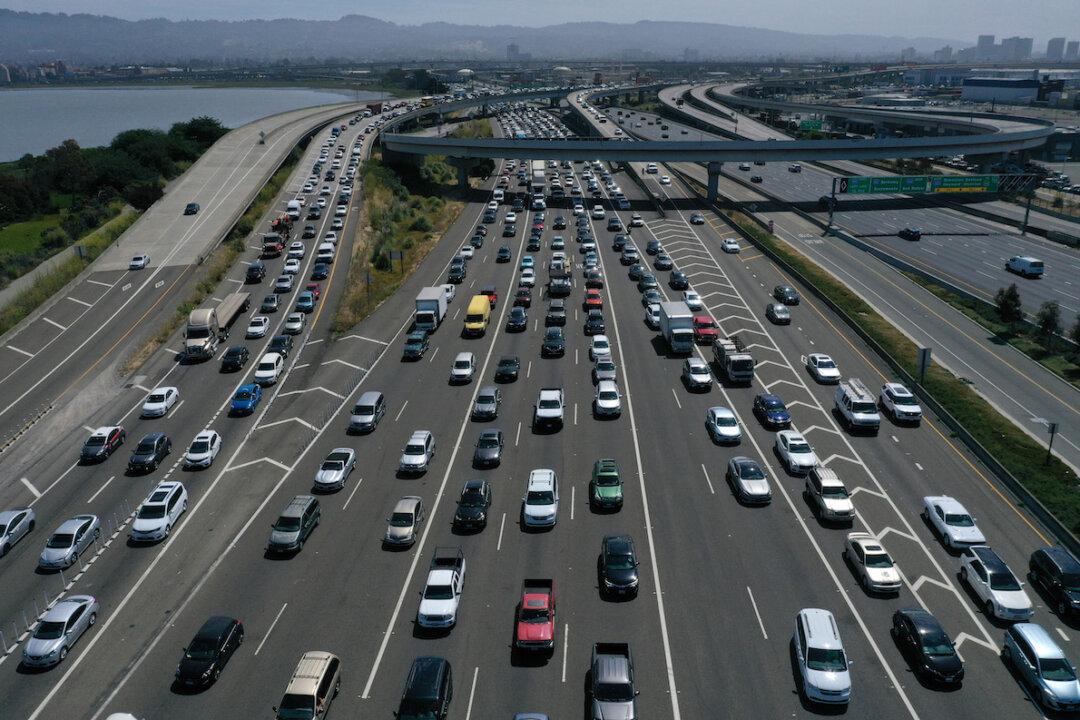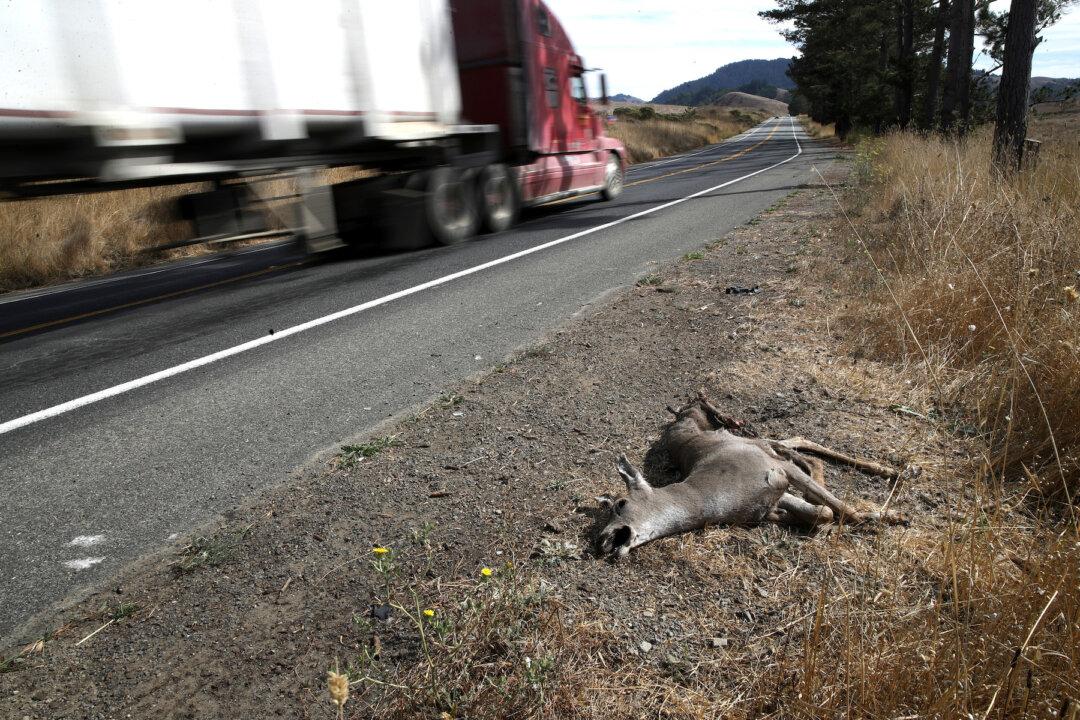After California Gov. Gavin Newsom proposed a tax break of $100 million per year for those who invest in qualified clean energy projects or low-to-moderate-income housing, state legislators declined to support the plan before this year’s deadline.
The lawmakers will adjourn their 2019 session on Sept. 13. However, Sept. 10 was the last day for the proposal to be added to a bill to be eligible for a vote.




